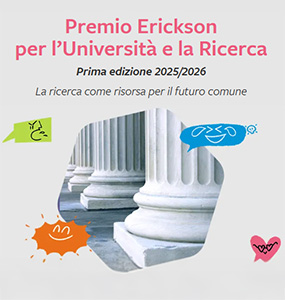Distance teaching under lockdown
Dario Ianes, Rosa Bellacicco
The sudden transition to distance teaching during the lockdown, due to the spread of Covid-19, and the implications of the latter, in terms of opportunities and challenges for pupils, teachers and parents, have been investigated by many studies at international and national level. However, although risks to the equality of school systems around the world have been highlighted on several occasions, little research has focused specifically on people with disabilities. This study investigated the impact of educational practices implemented during the lockdown for students with disabilities in Italy, with the aim of assessing whether and how they have influenced their learning and participation in class activities in an inclusive dimension. Data were collected through a questionnaire to which 3.291 teachers answered, just over a month after the schools’ closure. The main results show that more than one student with disability out of three was totally excluded from distance teaching, while for another 20% only individualised paths were activated. While exclusion seems to be widespread in a rather homogeneous way in the different school levels, from a geographical point of view this is more pronounced in the South than in the Center-North. Furthermore, in more than 20% of cases, no digital materials of any kind were made available and the adaptation of the latter, when it happened, was assigned only to support teacher. Finally, collaboration with families and between teachers appears to be very positive, while the classmates’ involvement is lacking, leading to isolation, also in terms of socialization, for students with disabilities.
Keywords
Inclusion, Covid-19, students with disabilities, distance teaching.


